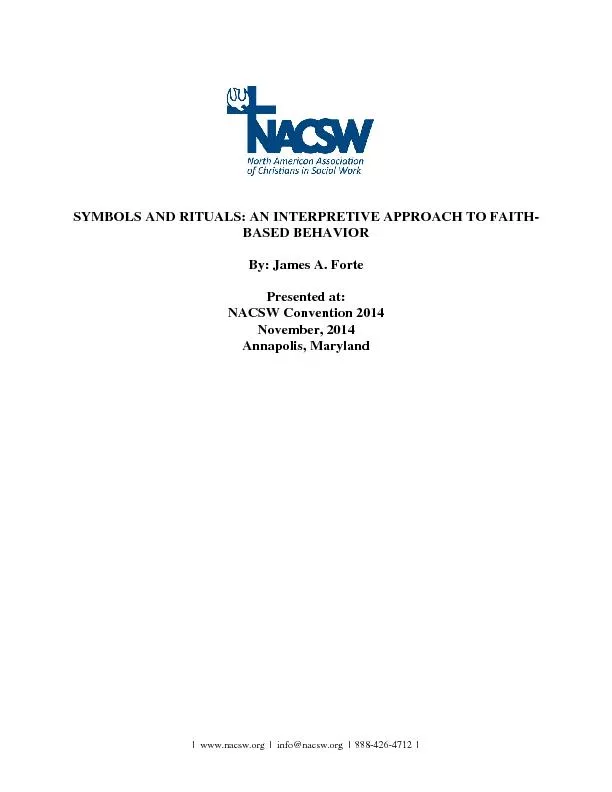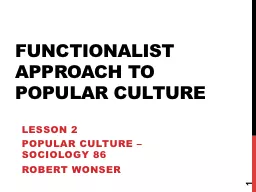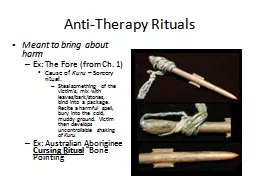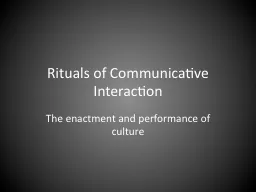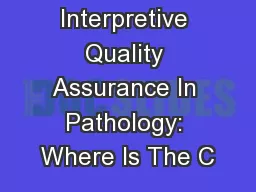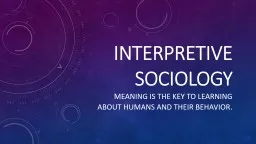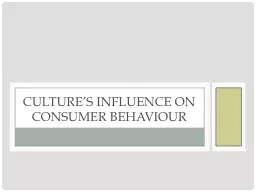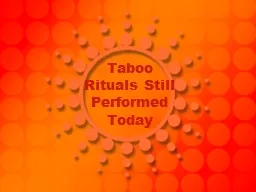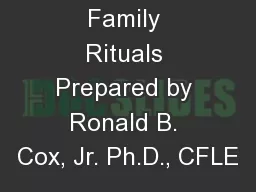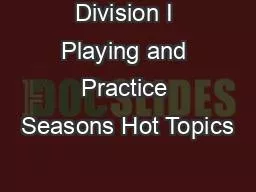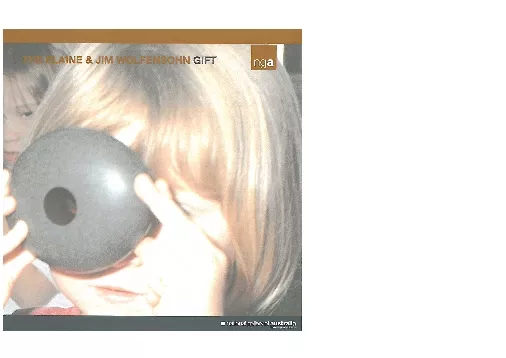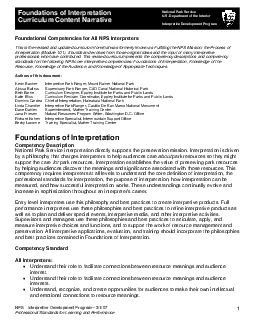PDF-SYMBOLS AND RITUALS: AN INTERPRETIVE APPROACH TO FAITHBASED BEHAVIORBy
Author : tawny-fly | Published Date : 2016-06-16
Symbols and Rituals An Interpretive Approach to FaithBased Behavior Presentation at National Association of Christian Social Workers Annual ConferenceAnnapolis MarylandNovember
Presentation Embed Code
Download Presentation
Download Presentation The PPT/PDF document "SYMBOLS AND RITUALS: AN INTERPRETIVE APP..." is the property of its rightful owner. Permission is granted to download and print the materials on this website for personal, non-commercial use only, and to display it on your personal computer provided you do not modify the materials and that you retain all copyright notices contained in the materials. By downloading content from our website, you accept the terms of this agreement.
SYMBOLS AND RITUALS: AN INTERPRETIVE APPROACH TO FAITHBASED BEHAVIORBy: Transcript
Download Rules Of Document
"SYMBOLS AND RITUALS: AN INTERPRETIVE APPROACH TO FAITHBASED BEHAVIORBy"The content belongs to its owner. You may download and print it for personal use, without modification, and keep all copyright notices. By downloading, you agree to these terms.
Related Documents

